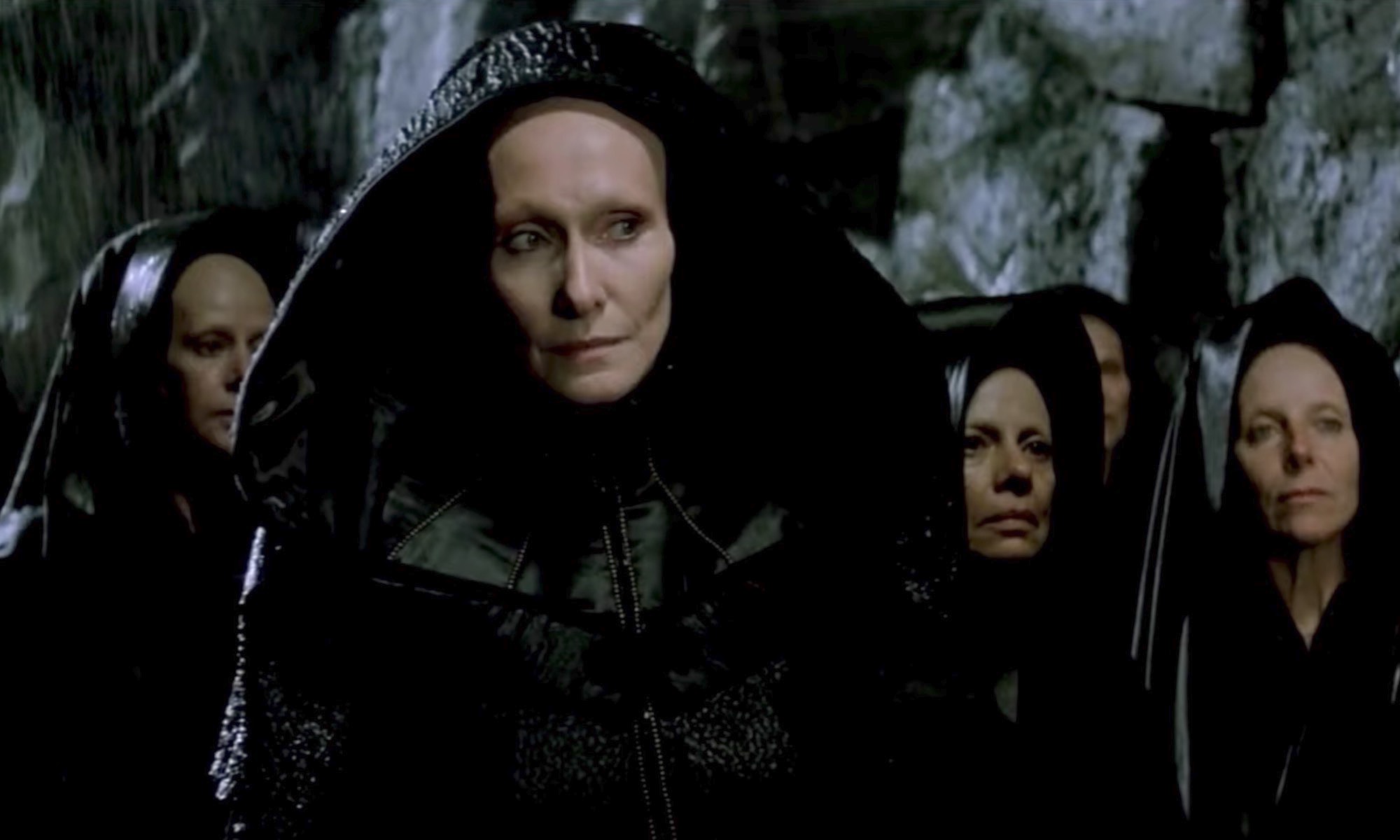
I mean, look at that. Already there's fan-inspired art from a film that hasn't even been released yet.
Seeing those AT-AT walkers looming on the horizon should send my heart fluttering the way they did on that Cinemascope screen in 1980. But they just aren't. And it's all George Lucas's fault.
I turned 19 shortly after Star Wars originally hit the theaters in May 1977. (You do the math. I'm old.) So while I wasn't a child per se, it nonetheless fired my imagination in a way that was to carry well into my adulthood. Surprisingly, initially I had no real desire to see the film, but a friend from high school dragged me to it one hot summer afternoon a couple weeks after its release, telling me it might just change my life. And it did.
As I'm sure I've written before, I came out of the theater that afternoon high, and it wasn't from any pharmaceuticals. Star Wars set me on what I refer to now as nothing less than a spiritual quest. While I know this isn't even close to being a record for total number of screenings, during the next year that it was parked at the old Cine Capri in Phoenix, I saw the film 30 more times. (I remember being outraged when they raised the price of a ticket from $2.75 to $3.00!)
When The Empire Strikes Back opened (again, at the Cine Capri) three years later, I wasn't about to be caught with my pants down as I had been with its predecessor. I was in line opening night, rushing over immediately after work to join the crowd of other fans in line wanting to get their first glimpse at that galaxy far, far away.
I didn't see Empire nearly as many times as Star Wars. Thinking back, it was probably only a dozen or so, but it wasn't because I didn't like the film. Quite the contrary, I loved how the story was progressing.
Three years later, I was now living in Tucson so I didn't get to see Return of the Jedi at my preferred venue in Phoenix, but I was still there opening day. Anticipating more huge lines, I called out sick that morning and dragged my friend Lee along (who, by the way, found it appalling that I would play hookie for a movie). As it turned out, there was a line, but nowhere near as long as what I'd been expecting, and we were actually able to get into the first showing without any difficulty.
My reaction? Meh. Jedi was okay, but I overall I came away from it disappointed. Even then I thought it was the weakest of the three films. And the Ewoks were abominable. I should've seen the writing on the wall that Lucas had become more concerned with merchandising than actually telling a good story. Yes, it wrapped up the Skywalker-Vader saga and the rebels scored a significant victory against the Empire, but what next?
What came next—at least for me personally—was a relocation to San Francisco. When the tenth anniversary of the first film came around in 1987, one of the theaters in the North Bay threw a party and showed all three films at one sitting. I went because there were rumors that stars from the films would be in attendance, and even ten years later I still had a tremendous crush on Mark Hamill. Sadly, those rumors proved false, but it was still interesting to see all three films at one time, and while I didn't leave with a Hamill autograph, I did walk away from the experience with a cool Tenth Anniversary sweatshirt.
Sidebar: I actually did run into Mr. Hamill—and his wife and son—on the F-Line in San Francisco many years later. We locked eyes, and I nodded as if to say, "I know who you are but I will respect your privacy and leave you alone," and exchanged smiles. It was kind of an anti-climactic encounter considering I'd known since he first appeared on that screen in 1977 that eventually our paths would cross.
Flash forward to May 1999 and what I now refer to as "George Lucas's ass-raping of my young adulthood" or as the rest of the world calls it, "The arrival of the Star Wars prequels."
I'm not going to say much about these three films (or Lucas's tinkering and reissue of the original trilogy) since so many words have been spilled over the last decade regarding the casting, acting, directing, make-your-eyes-bleed use of CGI, and all that midichlorian nonsense, but I will say they soured me to the idea of ever seeing another new Star Wars film lest the few remaining vestiges of my wide-eyed youth get ground into a bloody pulp.
That being said, I am curious about Episode VII: The Force Awakens. Curious. Not champing-at-the-bit I-can't-wait-to-see it level of excitement as might've been the case if Episodes 1-3 had never happened, but curious. I haven't kept up with any of the Star Wars spin-off stories, books, or animated series; I have no idea who any of these new characters are, but with only minimal Lucas involvement and J.J. Abrams at the helm—and the use of practical effects vs. CGI—I'm at least a little hopeful that it won't be the giant steaming pile of Banta poodoo that the Prequels were.
















































